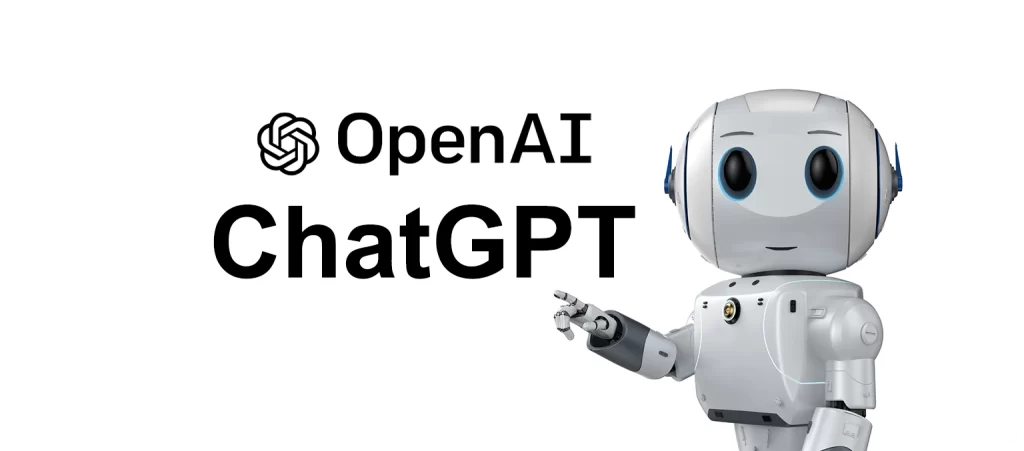Welcome to the world of Student Assistant, an innovative AI language model designed to engage in conversations, answer questions, and provide helpful insights. Developed by OpenAI, Student Assistant is built on GPT-3.5 architecture, representing a significant milestone in artificial intelligence. In this extensive post, we will delve into the ins and outs of using Student Assistant effectively and ethically to foster meaningful interactions and achieve your goals.
**1. Understanding the Basics:**
Before diving into the practical aspects, it’s crucial to grasp the fundamental workings of Student Assistant. It is an AI language model that uses natural language processing (NLP) to interpret and generate human-like text responses. It learns from vast amounts of diverse data and can mimic human language patterns, making it a powerful tool for communication.
**2. Accessing Student Assistant:**
To use Student Assistant, you’ll need an API key or access to an application that integrates this technology. The API key grants you access to the AI model and allows you to interact with it programmatically. Some platforms offer user-friendly interfaces for non-developers, making it accessible to a wider audience.
**3. Engaging with Student Assistant:**
Now, let’s explore how to make the most of your interactions with Student Assistant:
a. **Ask Clear and Specific Questions:** Formulate your questions as precisely as possible. Student Assistant performs best when given a clear context and purpose for the conversation.
b. **Be Patient:** Sometimes, the initial responses might not be exactly what you expect. Engage in back-and-forth interactions to refine your query and get the desired output.
c. **Experiment with Prompts:** You can experiment with different prompts or introductory statements to see how Student Assistant responds. Adjusting the prompt can lead to varying outcomes.
d. **Leverage System and User Messages:** You can mix system messages (instructions to the model) and user messages (input from you) to guide the conversation better. System messages help set the model’s behavior and expectations.
**4. Using Student Assistant for Productivity:**
a. **Writing Assistance:** Student Assistant can help with generating content, such as blog posts, emails, or creative writing. Provide the necessary context, specify the tone, and let Student Assistant assist in the writing process.
b. **Coding Help:** Developers can use Student Assistant to seek coding advice, debug code snippets, or brainstorm solutions for programming challenges.
c. **Language Translation:** Utilize Student Assistant to translate text between different languages, helping you overcome language barriers.
d. **Learning and Research:** Student Assistant can be an excellent tool for acquiring knowledge on a wide range of topics, conducting research, or clarifying complex concepts.
**5. Staying Ethical and Responsible:**
As you interact with Student Assistant, it’s essential to remain mindful of the following:
a. **Avoid Misinformation:** Student Assistant generates responses based on the data it has been trained on, which might not always be accurate. Verify critical information from reliable sources.
b. **Prevent Bias and Offensive Content:** Be cautious when asking sensitive questions or discussing controversial topics to avoid generating biased or offensive responses.
c. **Respect Copyright and Plagiarism:** If you’re using Student Assistant for writing assistance, ensure that the content produced is original and complies with copyright laws.
**6. Harnessing the Power of Prompts for AI Success:**
As you embark on your writing journey with Student Assistant, understanding the significance of prompts becomes essential. Prompts serve as the initial input you provide to the AI model, shaping the direction and quality of the responses you receive. Mastering the art of crafting effective prompts can significantly impact the success of your interactions with Student Assistant. Here are some tips on how to make the most of prompts:
a. **Be Clear and Specific:** Specific prompts yield more accurate and relevant responses. Instead of asking, “Tell me about a character,” provide detailed information like, “Describe the protagonist’s appearance, personality traits, and aspirations.”
b. **Set the Tone and Style:** Use prompts to define the tone and writing style you desire for a particular scene or dialogue. For example, you can instruct Student Assistant with, “Write a suspenseful action sequence” or “Compose a heartfelt and emotional conversation between two friends.”
c. **Iterate and Experiment:** Don’t be afraid to iterate and experiment with different prompts. Student Assistant’s responses can vary significantly based on slight changes in the input. If you’re not satisfied with the initial response, refine your prompt or try approaching the topic from a different angle.
d. **Mix System and User Messages:** Combine system messages and user messages strategically. System messages can provide important context or instruct Student Assistant on the desired behavior. For example, you can use a system message to set the AI as a specific character and then converse with it in that character’s voice.
e. **Respect AI’s Limitations:** Although Student Assistant is incredibly powerful, it does have limitations. It’s essential to remember that the model is only as good as the data it has been trained on. Avoid asking Student Assistant to generate excessively long or complex content beyond its capabilities.
f. **Encourage Iterative Responses:** Engaging in back-and-forth conversations with Student Assistant allows you to refine and iterate on the generated content. By providing follow-up questions or feedback on previous responses, you can guide the AI toward more accurate and desirable outcomes.
By mastering the art of prompts, you unlock the true potential of Student Assistant as your creative companion in the book writing process. It becomes a dynamic and adaptable tool that can generate insightful ideas, polish your writing, and enrich your overall storytelling experience.
**Conclusion:**
The success of your book writing journey with Student Assistant hinges on your ability to craft clear, specific, and engaging prompts. These prompts direct the AI model’s responses and shape the quality of the assistance you receive. Remember to experiment, iterate, and collaborate with Student Assistant effectively, all while maintaining your unique authorial voice. With the power of prompts in your hands, you can unleash your creativity and watch your literary masterpiece come to life with the AI-powered support of Student Assistant. Happy writing!





